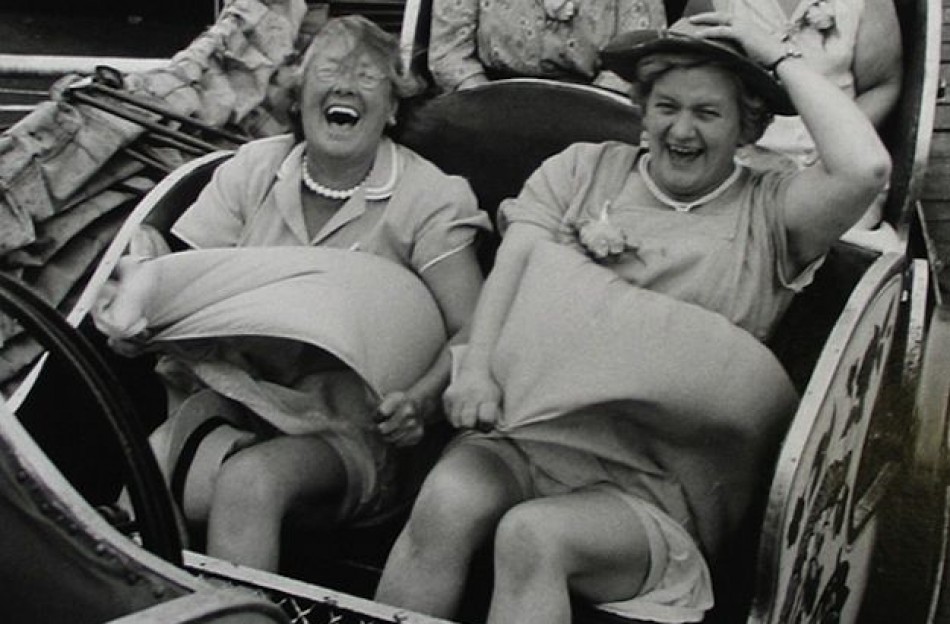From Wikipedia, the free encyclopedia
Slapstick is the recourse to humor involving exaggerated physical activity which exceeds the boundaries of common sense.
Origins
The name “slapstick” comes from the Italian language word batacchio or bataccio — called the “slap stick” in English — a club-like object composed of two wooden slats used in commedia dell’arte. When struck, the battacchio produces a loud smacking noise, though little force transfers from the object to the person being struck. Actors may thus hit one another repeatedly with great audible effect while causing very little actual physical damage. Along with the inflatable bladder (of which the whoopee cushion is a modern variant), it was among the earliest special effects that a person could carry.
History
Slapstick comedy’s history is measured in centuries. Shakespeare incorporated many chase scenes and beatings into his comedies, such as in his play The Comedy of Errors. Building on its later popularity in the nineteenth and early twentieth-century ethnic routines of the American vaudeville house, the style was explored extensively during the “golden era” of black and white, silent movies directed by figures Mack Sennett and Hal Roach and featuring such notables as Charlie Chaplin, Laurel and Hardy, the Marx Brothers, the Keystone Cops, the Three Stooges, and Chespirito. Slapstick is also common in Tom and Jerry and Looney Tunes/Merrie Melodies. Silent slapstick comedy was also popular in early French films and included films by Max Linder and Charles Prince.
Slapstick continues to maintain a presence in modern comedy that draws upon its lineage, running in film from Buster Keaton and Louis de Funès to Mel Brooks to the television series Jackass movies to the Farrelly Brothers, and in live performance from Weber and Fields to Jackie Gleason to Rowan Atkinson. Slapstick has remained a popular art form to the present day.

